Sitting here in camp staring at these two peaks in Arapaho National Forest. In the last week the dogs and I have visited both. It seems somewhat surreal, not that there is anything particularly outrageous about either. They aren’t the tallest or most dangerous. But the scale is so incredibly different from this low vantage with lungs no longer on fire.
Though significantly taller, the mountain on the left has a defined trail to the summit. The one on the right, no trail and the final mile offers extremely vertical climbing, often in excess of 35 degrees over deadfall until above the timber line.
Lots of people climb the mountain on the left, likely because it’s more recognizable, a bit more majestic, a known quantity with assurances many have accomplished the feat prior based on the well-worn path to the top. There’s also a good chance that there will be others on the mountain while you climb and very little chance to get lost. Because of the crowds, it’s likely not the best mountain to find birds. But there is a satisfaction to hunting amongst hikers and people less familiar with game birds and the opportunities that National Forests offer. From what I gather conversing with many on our descent, most have never seen an upland hunter, much less talked to one.
On a similar descent on a mountain not far from here, the dogs and I closed the distance on a group of women who eventually let us pass at Rio the setter’s insistence. As I always do when passing others on trails, I broke open the shotgun and placed it over my shoulder. I find this to be the least threatening configuration; keep in mind that many of these folks are not accustomed to firearms whatsoever.
When I got even to these ladies one asked what I was hunting, I slowed my stride, responded “birds” and added a couple quick details about Blue Grouse and Ptarmigan. Obviously this didn’t exactly sit well with another who quipped, “Your gun is huge. Is there anything left when you shoot one”? On that note, I slowed even further, removed a shell from this “huge” 20 gauge and explained the basic makeup of a shotgun shell. I’m not sure I won them over, though I heard them continue to converse as I stretched legs and lead down the trail. I was tired from a long hike and probably dehydrated. I wish I would have spent more time talking about the dogs, shooting birds on the wing, eating everything we shoot, offer to teach them to shoot or give them a tail feather or two – now added to my bird vest for future encounters.
The right hand mountain better represents the way we have primarily approached these last few seasons; solitary, no path, a physical challenge with a level of peril. We have been pushing our boundaries in search of more and more extreme upland tests. I haven’t put much thought behind it; just go bigger, farther, higher. For some time I thought it was just to test myself and the dogs. But something else has been driving this. And it finally hit me.
When things come easy they are rarely valued. Easily accomplished, easily forgotten.
I treasure these birds and these moments with dogs so much that I’ve developed an aversion to the notion of lack of effort. I keep going bigger because I have convinced myself that others will see that exertion and somehow appraise this pursuit, these birds with the value I place on them.
And I’m not sure that is working. I’m not certain it’s even possible. I don’t know if I can go big enough, long enough, beat myself up enough to convince the public of the esteem and worth of upland birds.
Which brings me back to these two mountains.
As much as I like sitting at the top of the solitary mountain on the right, worn out with worn out dogs, that effort may only serve to harden my own views of those who cheapen this upland pursuit. While the majority of people have no frame of reference to even begin to relate.
Talking to all these people on the way down the well-travelled mountain on the left feels like more progress in a 3,000’ descent than three years of struggling uphill alone trying to demonstrate a point that may be impossible to prove.
I round a corner near the end of this trail and come face-to-face with a group of six hikers. When the bird dogs are this tired they make great ambassadors. Their questions make me smile, especially when one of the hikers asks, “Are pheasant in season?” I explain that pheasant wouldn’t normally be an alpine species. He responds, “That’s really weird because there were a bunch of them right along the trail in the next switchback”. I may have laughed a little and then describe the Dusky Grouse whose identity was confirmed. The dogs and I had just hiked 10-miles to high elevation without seeing a single game bird.
I wish these adventurers well and give some encouraging words for the climb to come. The dogs and I cut onto the next switchback as I snap the shotgun closed. Ida’s tail begins to helicopter and I know we are tracking that elusive species, the Alpine Ringneck. But being on the trail of a new theory for upland outreach may be bigger than the coming flushes.


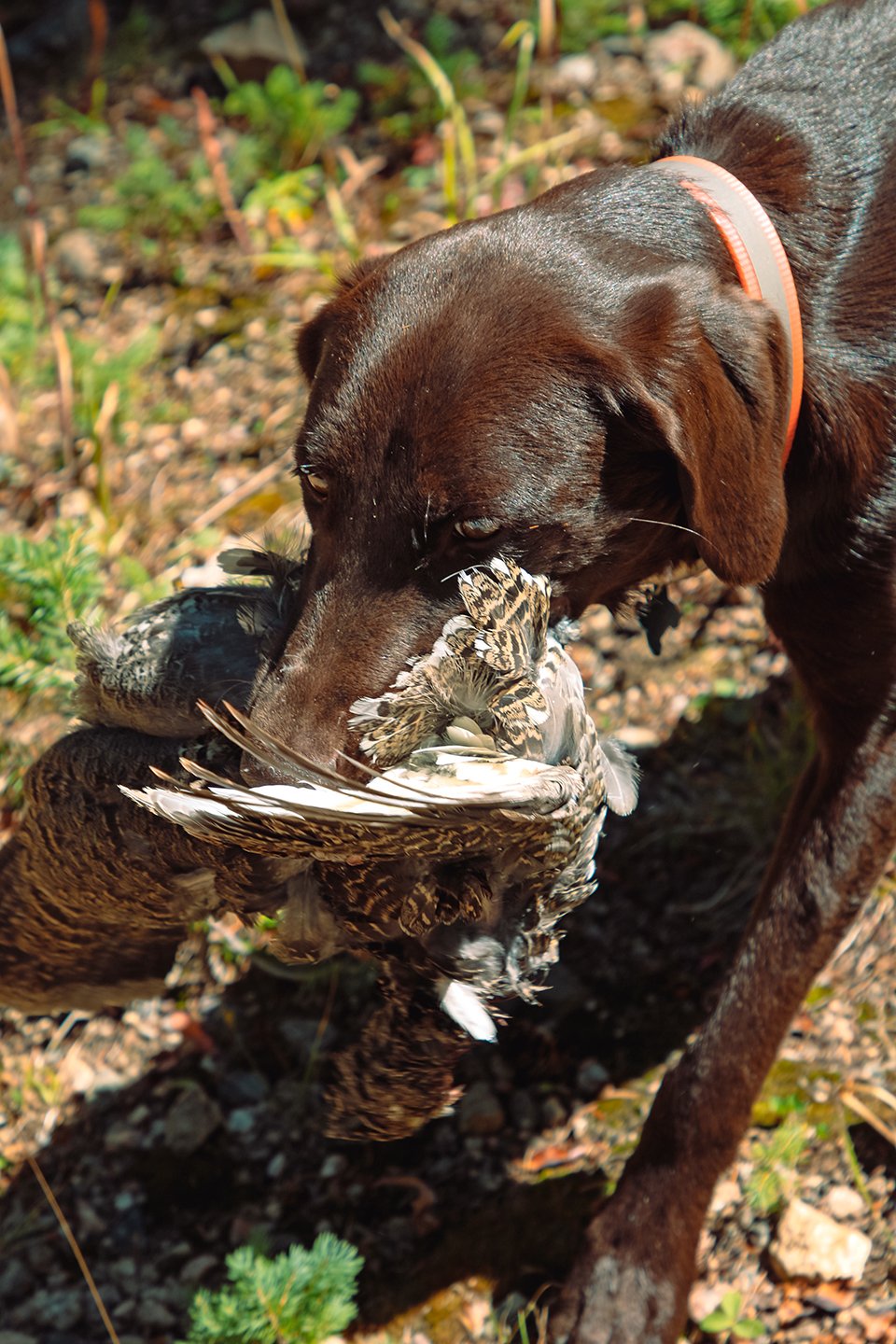

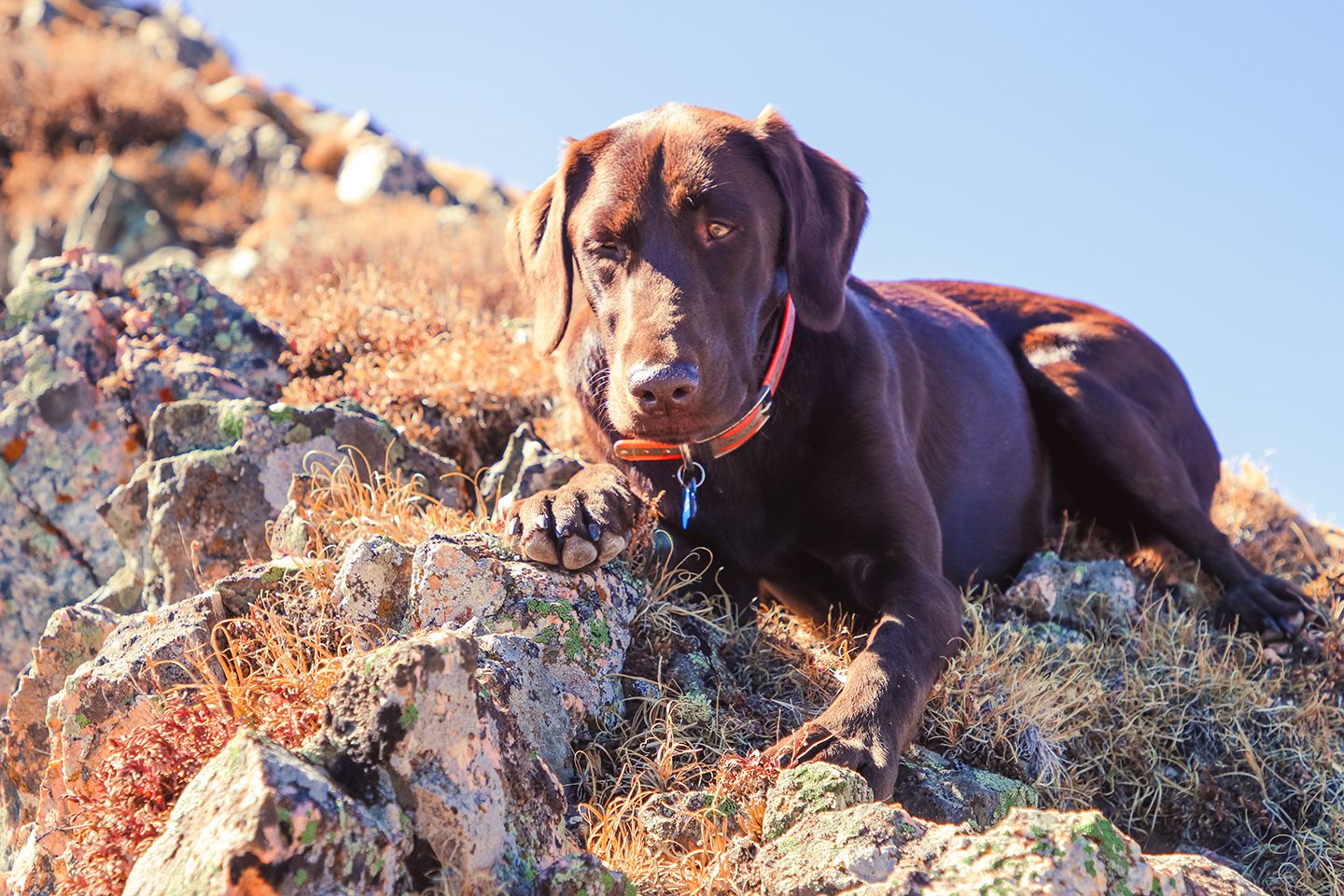
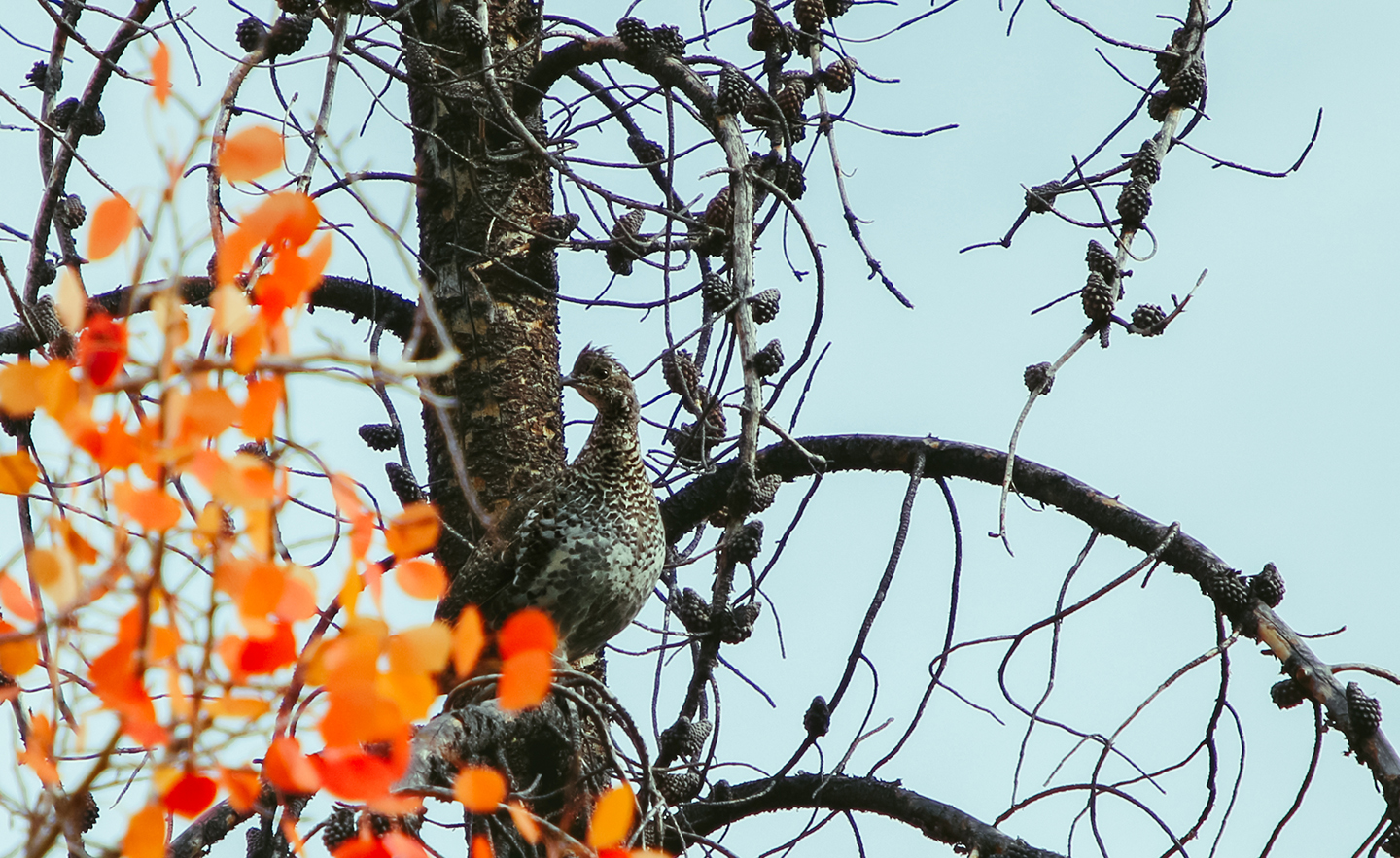


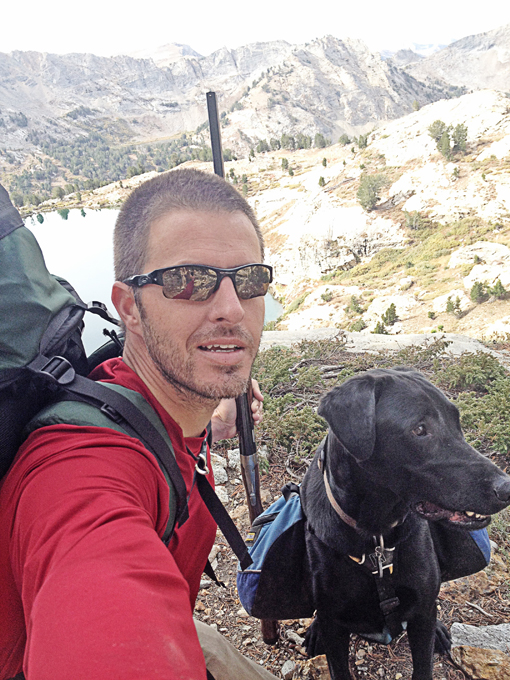
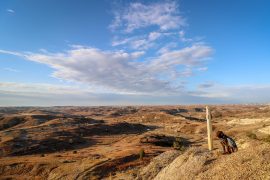
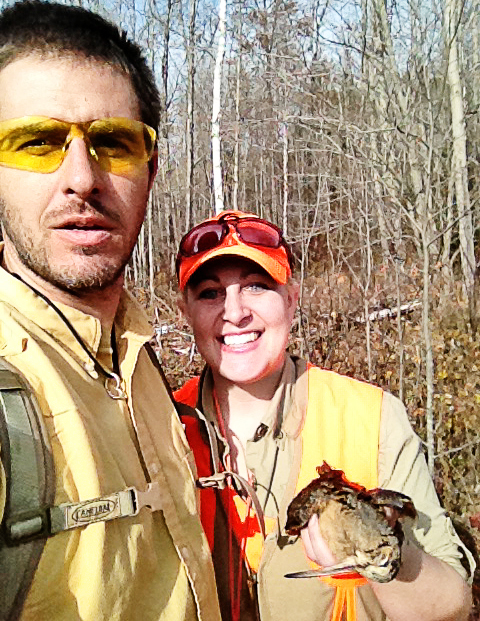
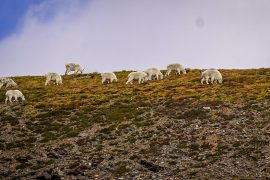

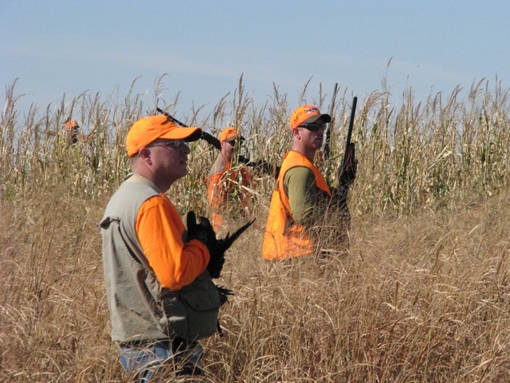
Nicely done Brian.
I hunted the White-tailed Ptarmigan opener in Utah this year.
Hiking in the night before season, my 8 year old Setter Kyla and I got caught in a heavy thunderstorm, set up the tent in the pouring rain. I will never forget the look on Kyla’s face as I was getting out of my wet clothes into a dry sleeping bag. She made it through a cold night with the help of a survival blanket.
Broke camp at 5 am after a miserable nights sleep. Packed up the wet tent and gear.
Got up into Ptarmigan habitat around 8am, at this point we were about 12 miles form the truck. Kyla had a freak accident and got caught in a rock slide, a large rock came down on her front right foot, struggling to free herself she also hurt her shoulder.
I could tell by her reaction it was the end of the hunt.
Once we got down to the main trail out, we started running into the back packing crowd, they looked at me as though I was an alien life form. I too had to explain to many, what a Ptarmigan was as they questioned me toting a shotgun.
Kyla limped along on three legs.
She took a few weeks to recover and was back to normal by Sage grouse opener here in Idaho.
Will try again in 2019…
Sounds like a crazy adventure. Glad Kyla has recovered and hope you have a great season.
Wonderful but tough hunt. Glad Kyla and yourself have recovered.